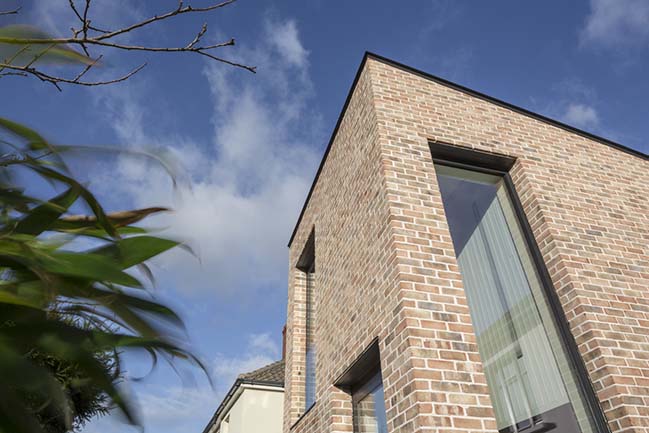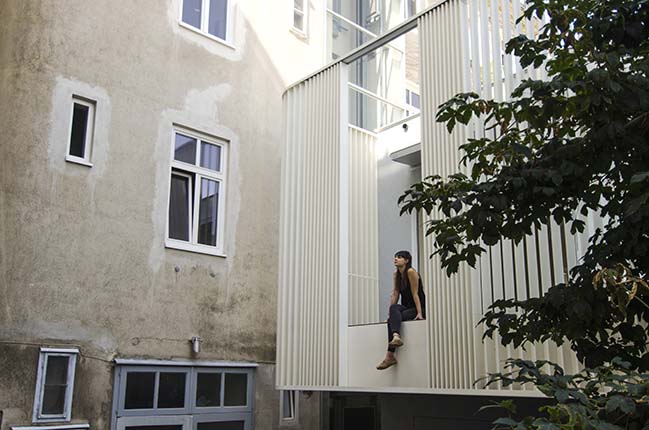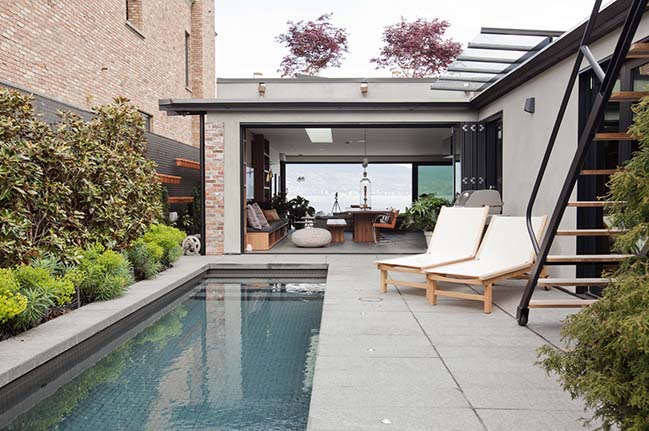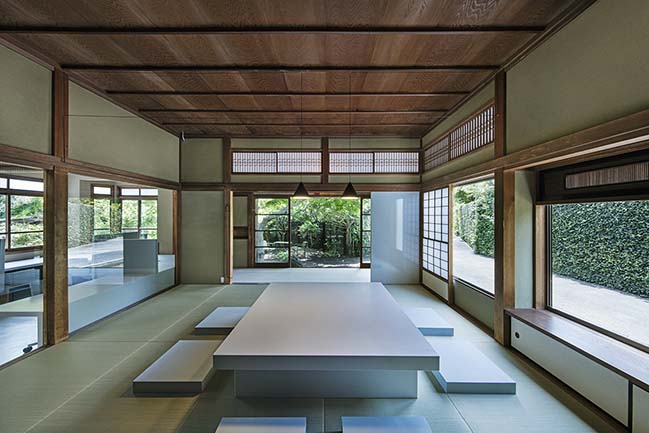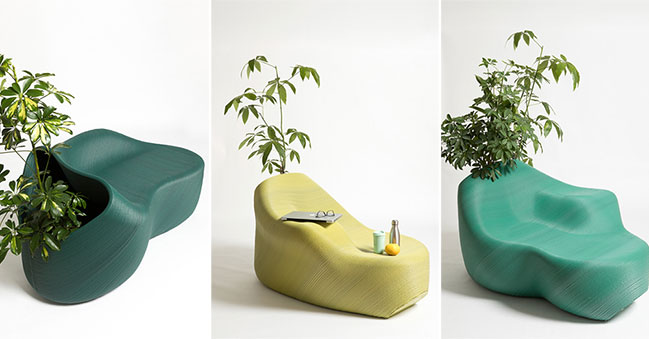07 / 18
2018
The Doorzien House modestly proffers a new precedent in a challenging conservation environment by breaking rank and dismantling the cottage typology. Tensions between private freedom and prescriptive planning are coupled with exploring the interplay of view and viewing, solid and void, through a multi-layered, sensory design response.
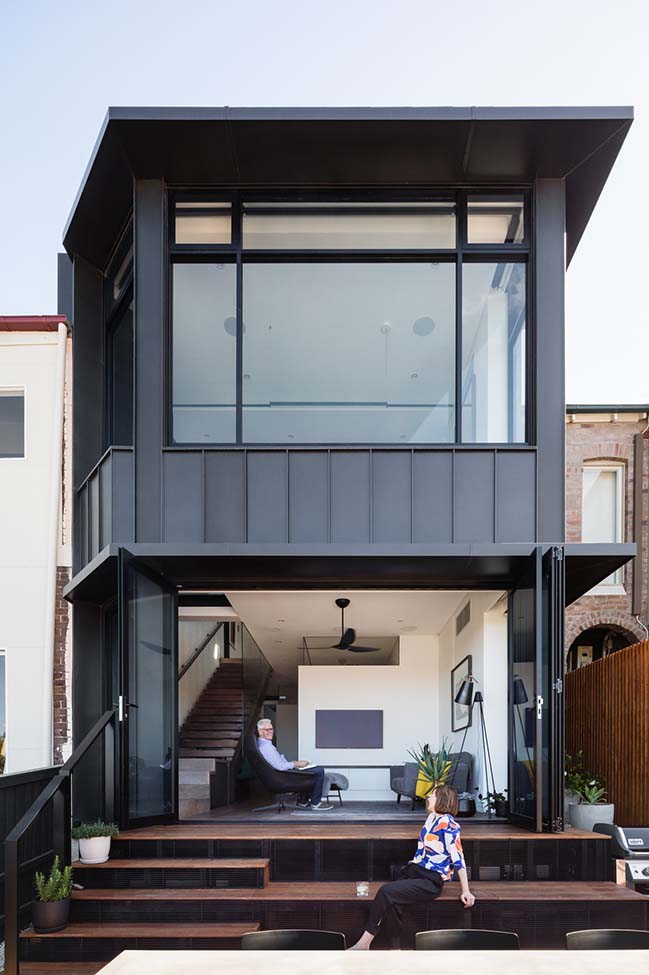
Architect: Bijl Architecture
Location: Sydney, Australia
Year: 2017
Project size: 214 m2
Site size: 240 m2
Stormwater Engineering: Partridge
Structural Engineering: Cantilever Consulting Engineers
Landscape Architects: Ground Ink
Builders: SKOPE Constructions
Photography: Katherine Lu
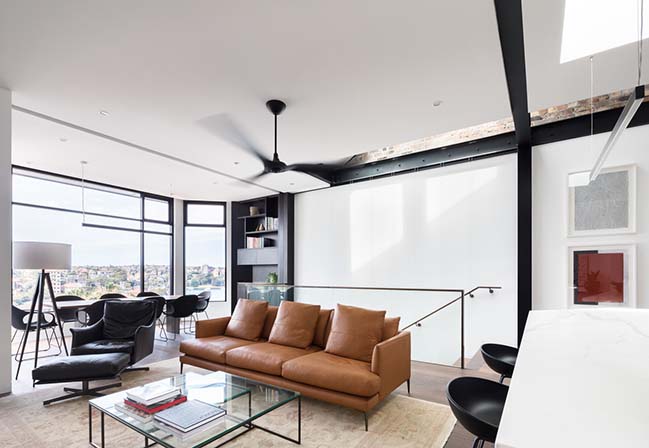
From the architect: Our clients’ brief appeared contradictory and unachievable: to create a home where “in crossing the threshold, the past was to be left behind”, and where interconnected yet separate living spaces should be experienced simultaneously.
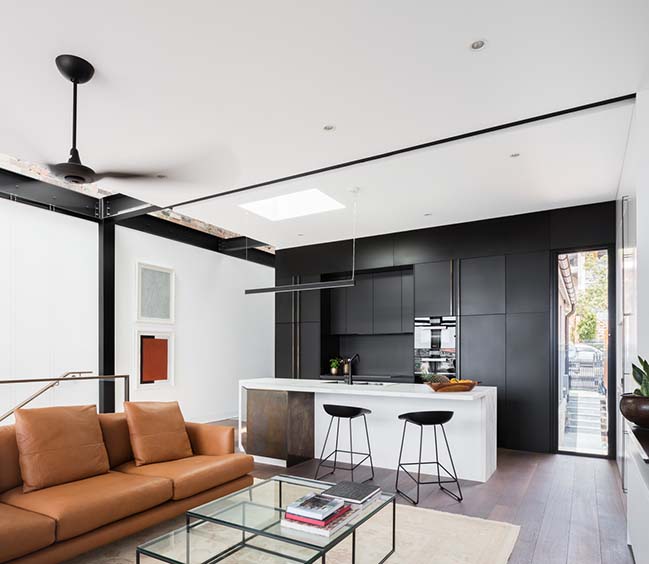
To address these conundrums, we pursued a Janus-like composition, moving the house from traditional façade-driven framework to a contemporary rear form that asserts a new typology, pushing the conservation dialogue in unexpected ways.
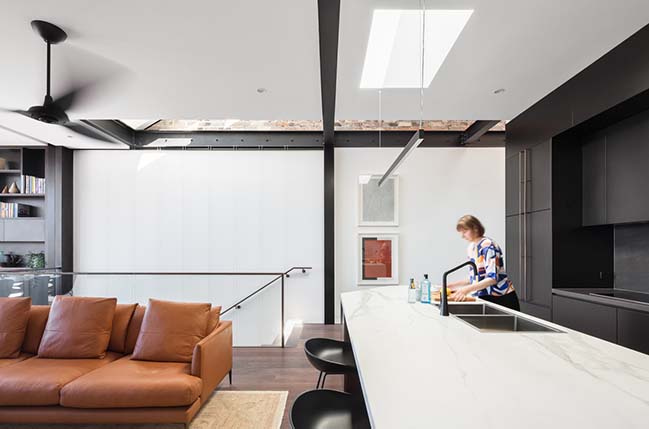
Investigating the tension between “interconnected yet separate”, we explored a view/viewing framework that leverages the site’s narrowness, steepness and views. Opening up vertical and horizontal flow – Doorzien is Dutch for see-through – the material language evolved as solid and void to create dynamism and visual richness.
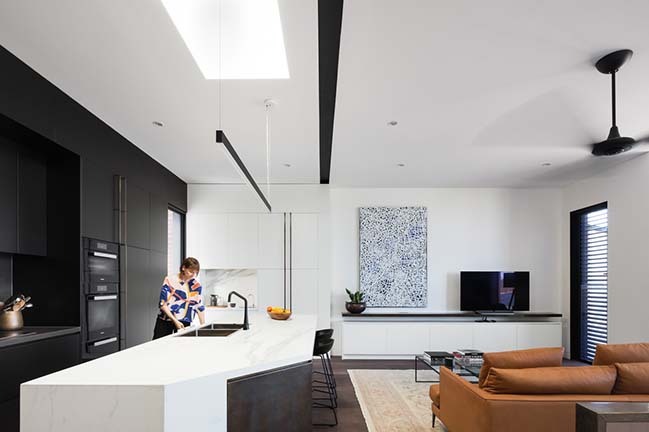
Glass elements – skylights, glass flooring, highlight panels and balustrading – conduct light and views. See-through corners erase expected barriers; turning any corner offers a different perspective, ever-changing under soft natural light. At the lowest floor level, the skylights and ridgeline twelve metres above are clearly visible, creating a dramatic sense of space.
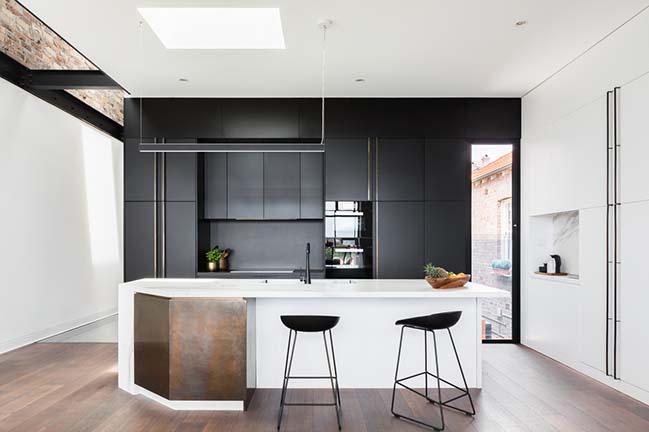
Solid elements articulate the expressed texture of original brickwork, the smooth white expanse of walls, the rhythm of steel cross beams, and the dark, brooding joinery peninsula that delineates kitchen and living spaces from sleeping quarters.
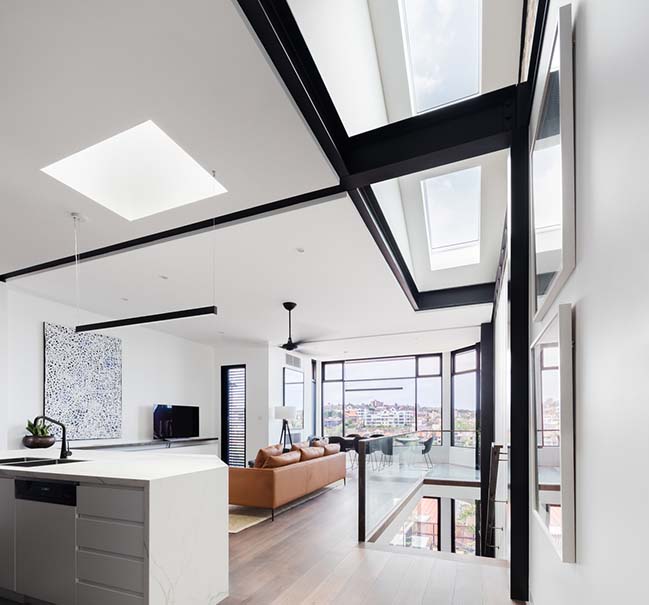
What were the solutions?
To embrace our clients’ desired openness and connectivity between the floor levels and surrounding context, we dismantled the existing plan. The broad Sydney Harbour view and neighbouring vistas are exploited by the hybridised living spaces, while each room retains its individual focus and remains intimate and warm through the material palette and layered lighting.
We oriented living spaces to the rear; multiple interior viewlines serve as a counterpoint to the expansive harbour views. This approach continues to the rear garden, with bleacher-style steps moderating the level change, extending the study and sitting room interiors to form a third living space.
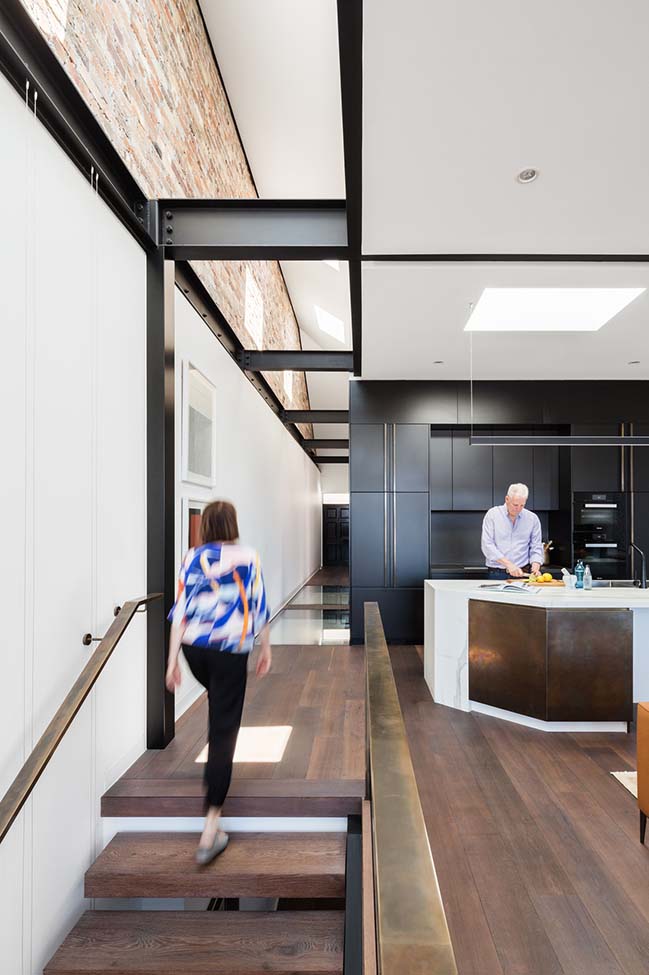
What were the key challenges?
In Kirribilli’s conservation area, Doorzien is surrounded by Victorian terraces and manors, with Kirribilli and Admiralty House nearby. On a steep sandstone ridge, the dwelling overlooks Careening Cove, Neutral Harbour and Kurraba Point, and vice versa. Council required both “facades” to align with heritage expectations.
To elevate Doorzien’s streetscape presentation, we retained its heritage “skin”, removing unsympathetic prior alterations and applying restorative touches through material, colour, and landscaping.
The eclectic rear “streetscape” offered us an opportunity to forge a new heritage narrative. Our response was the zinc-clad rear addition, a significant formal assertion drawing on Kirribilli’s naval and industrial history.
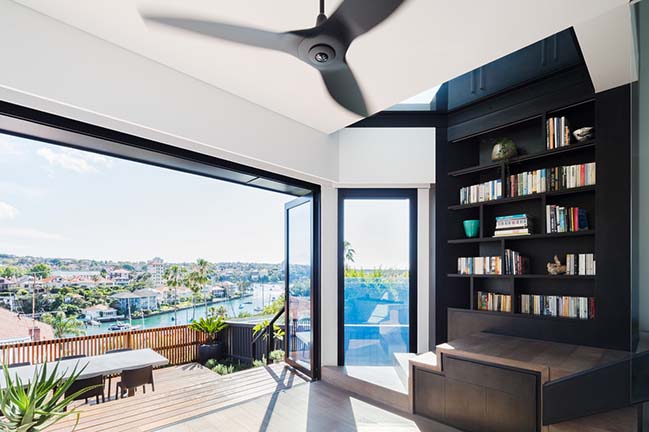
What are the sustainability features?
Adopting the client’s expertise, we integrated a world-first installation of Redback Technologies’ Gen II inverter and battery with 3.5kW of Nu-Lok solar roof tiles – the first approved installation for a NSW conservation area.
Materials and finishes were selected for durability, low maintenance requirements, and anticipated longevity with respect to aesthetics and functionality. The solar tiles and battery were calculated to offset energy usage in the short term, moving the dwelling to a future off grid.
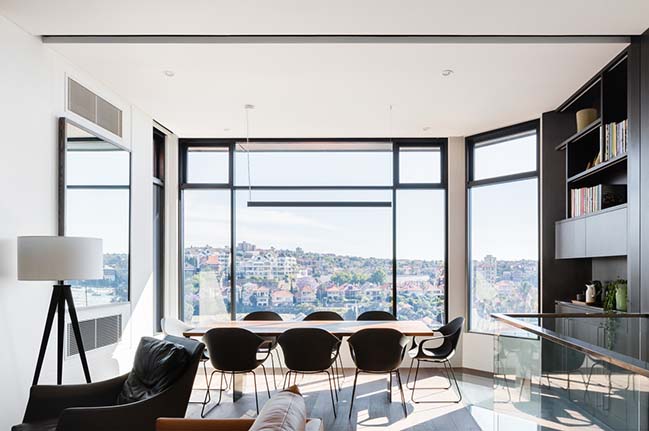
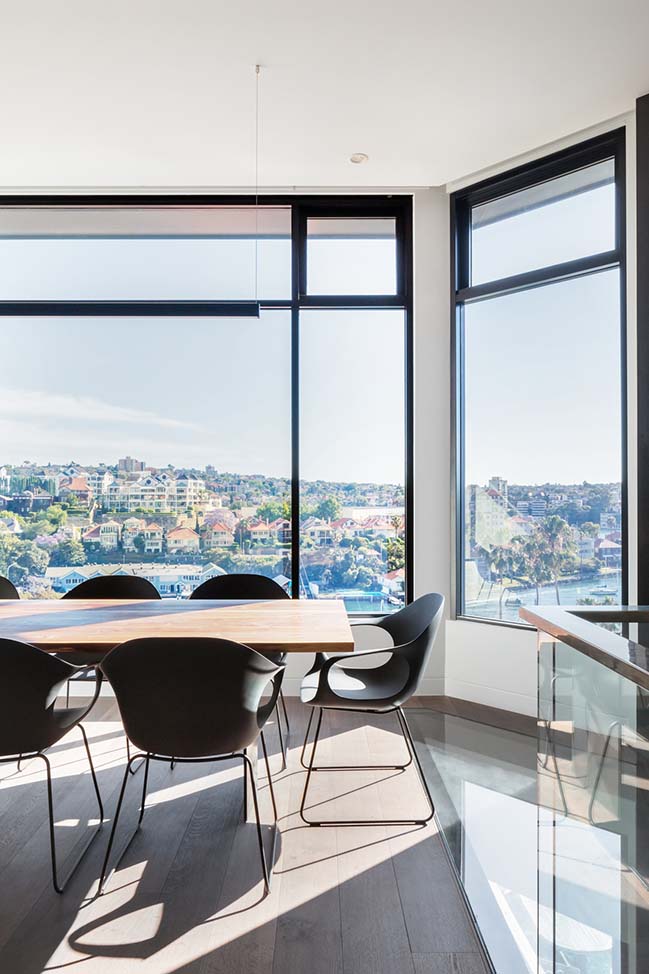
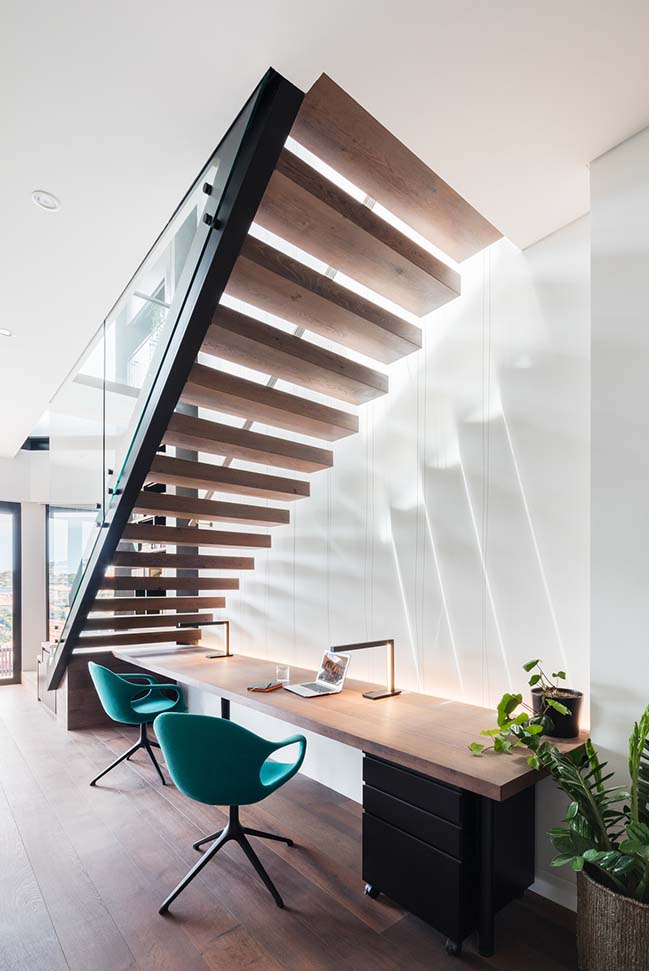
> You may also like: Bouwman House in Sydney by Sam Crawford Architects
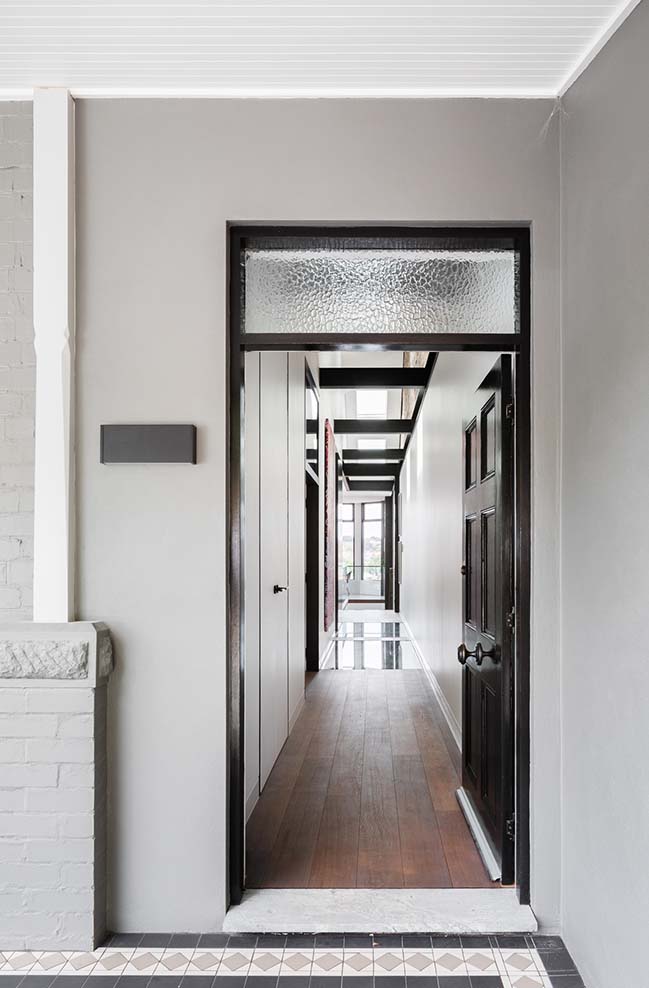
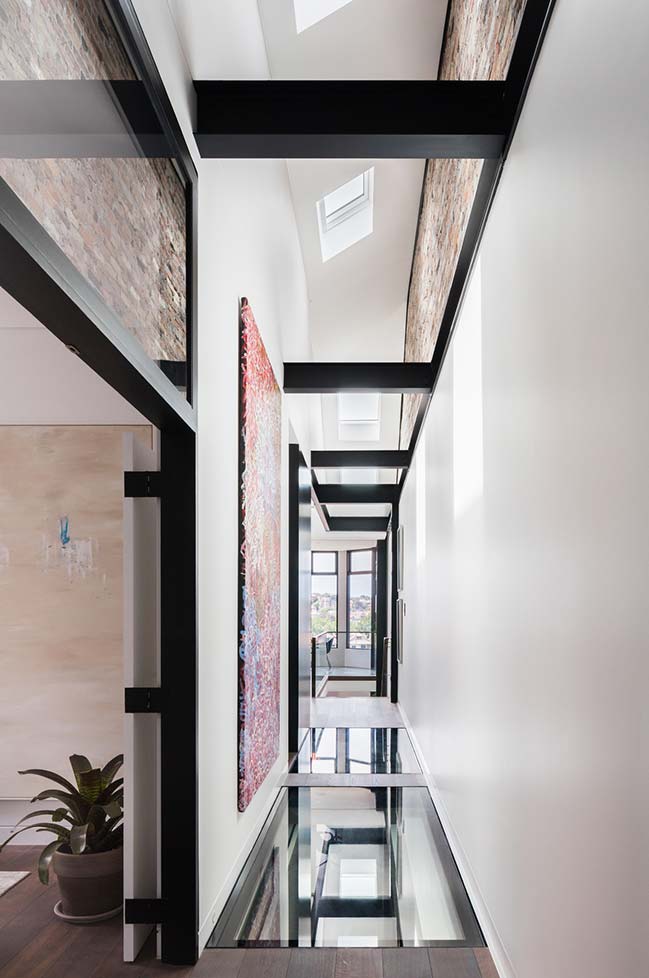
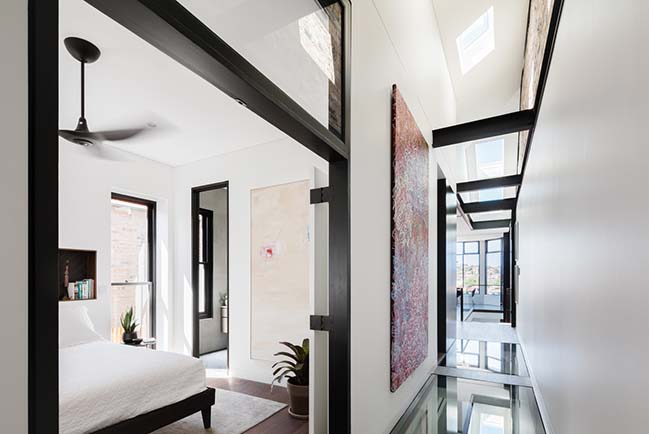
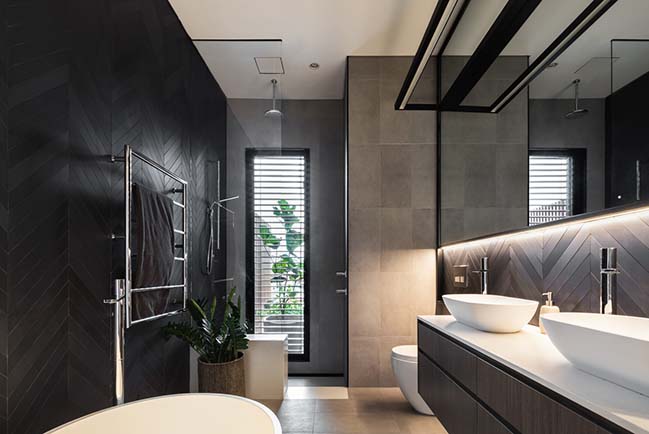
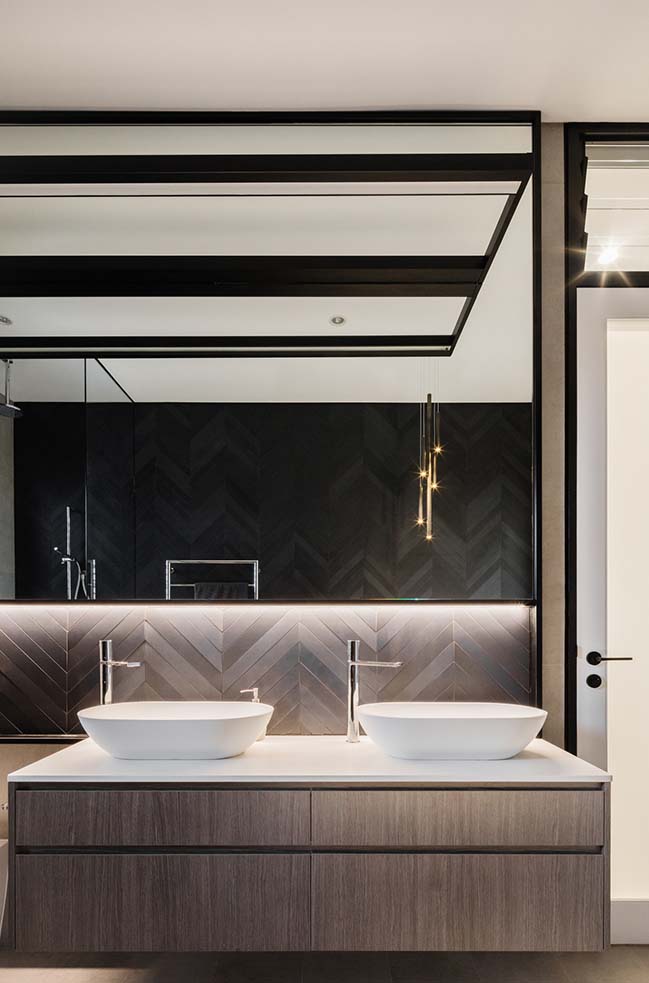
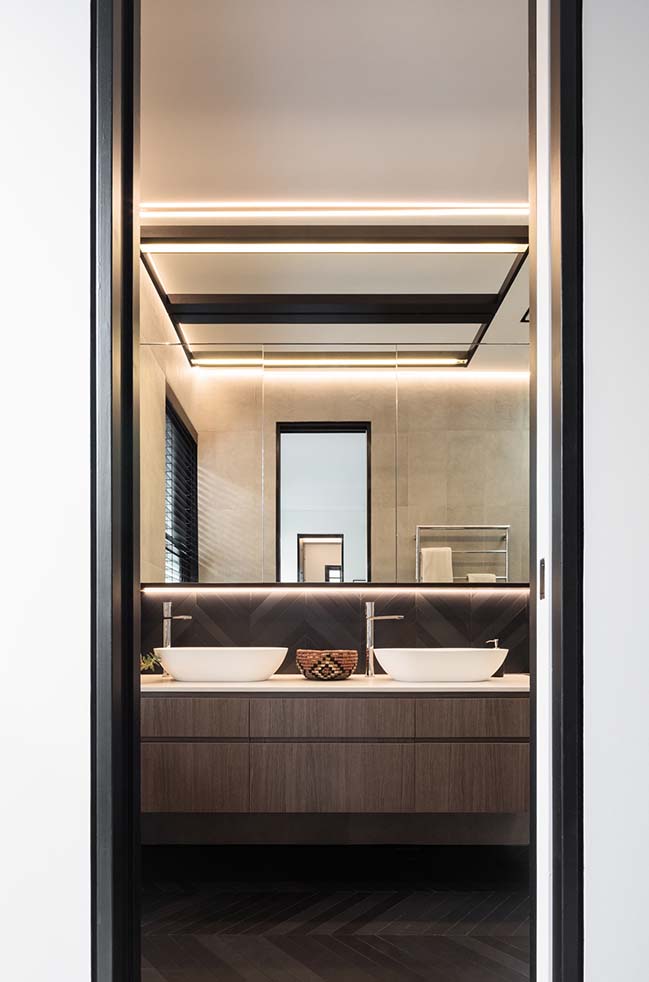
> You may also like: Modernist House in Sydney by Still Space Architecture

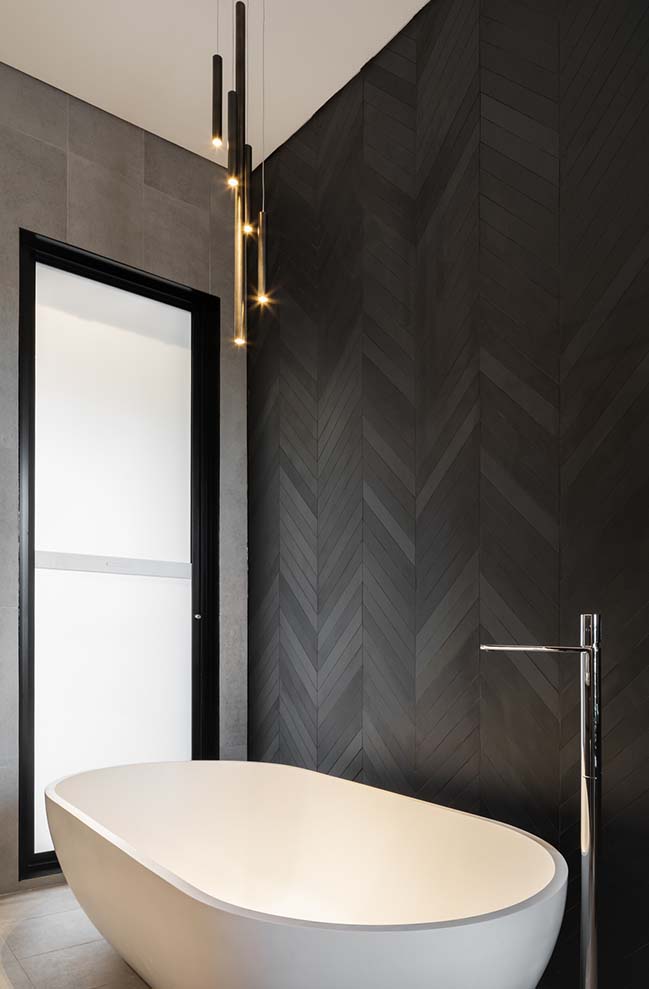
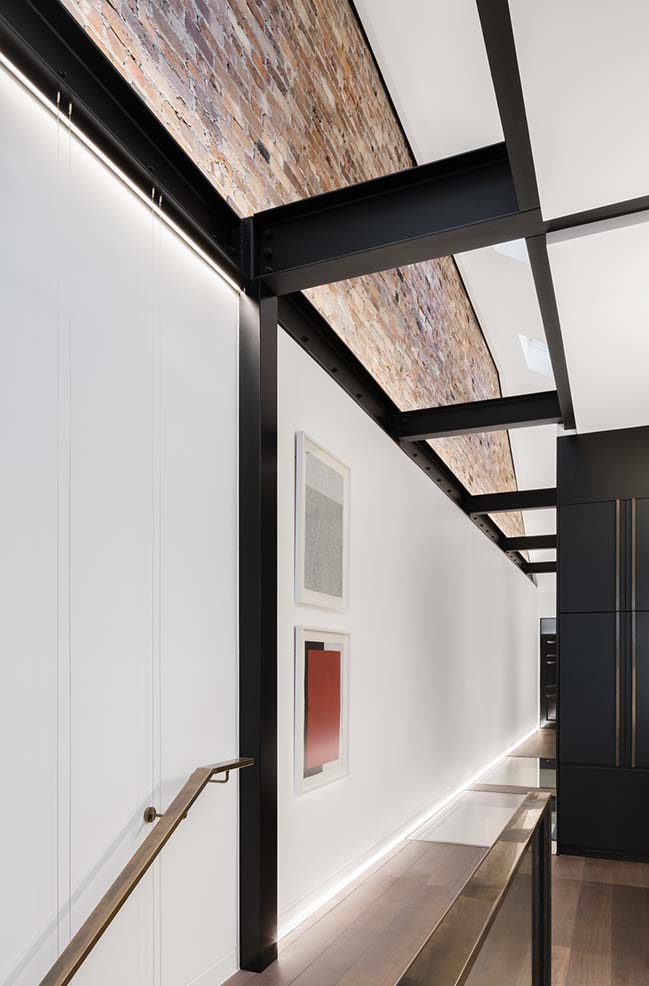
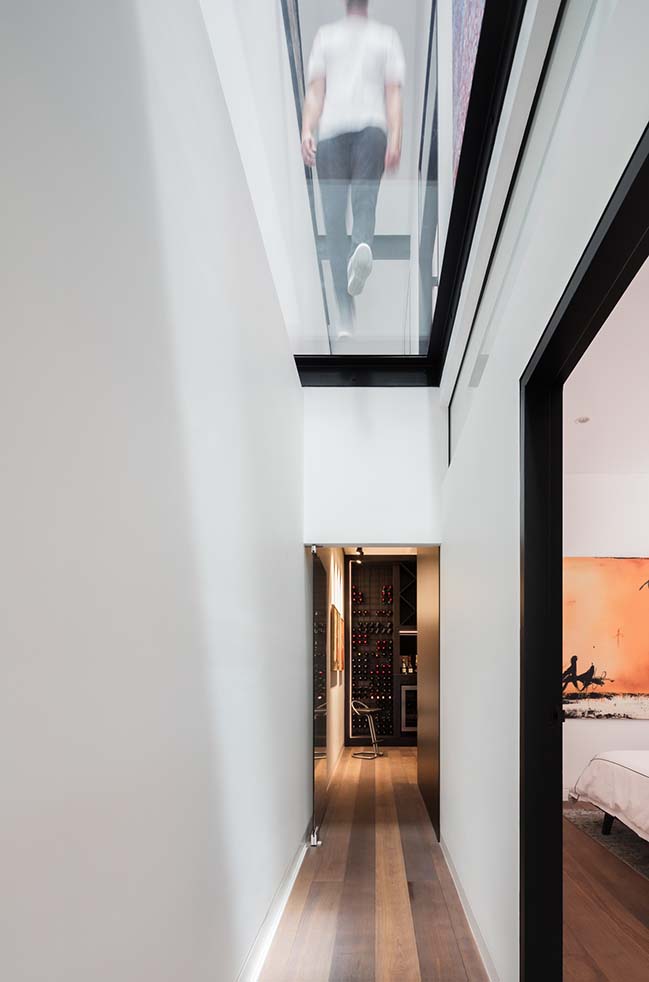
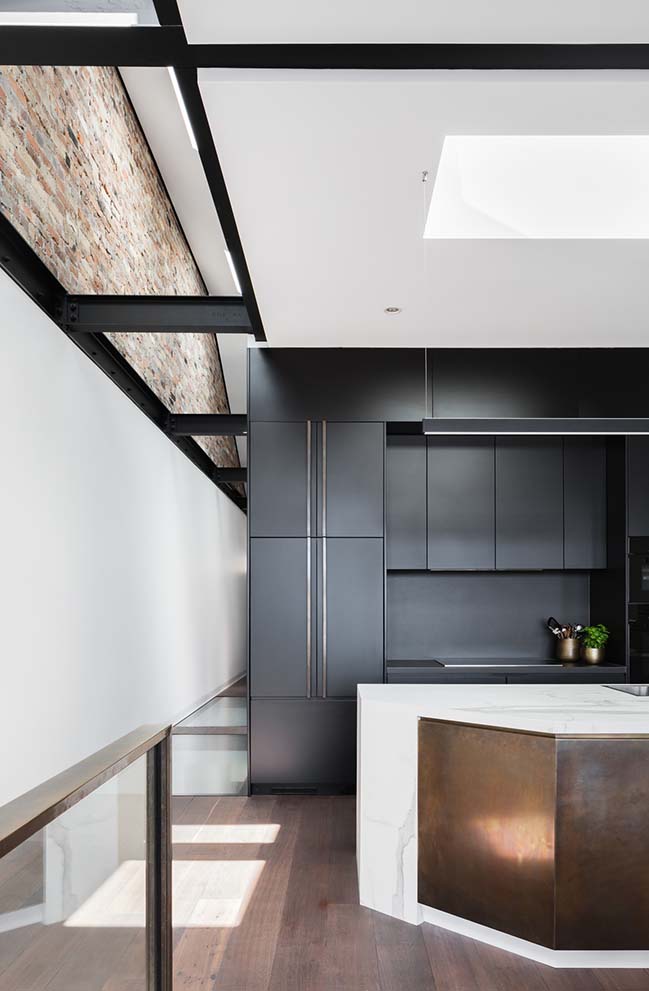
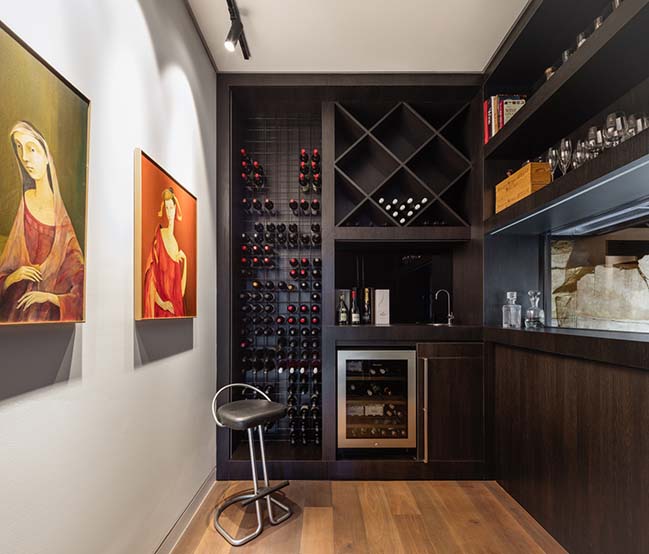

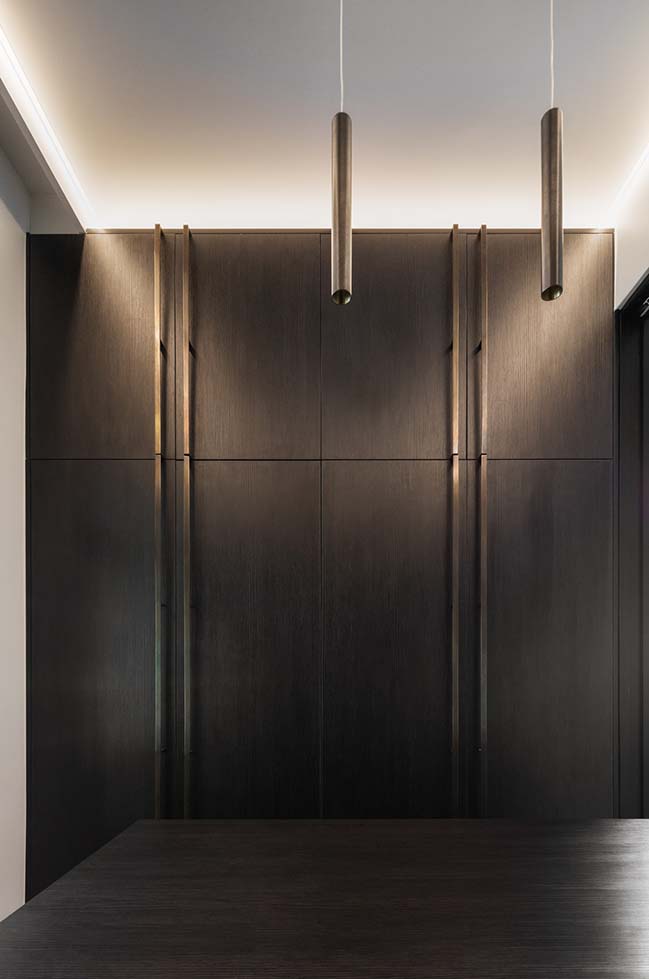
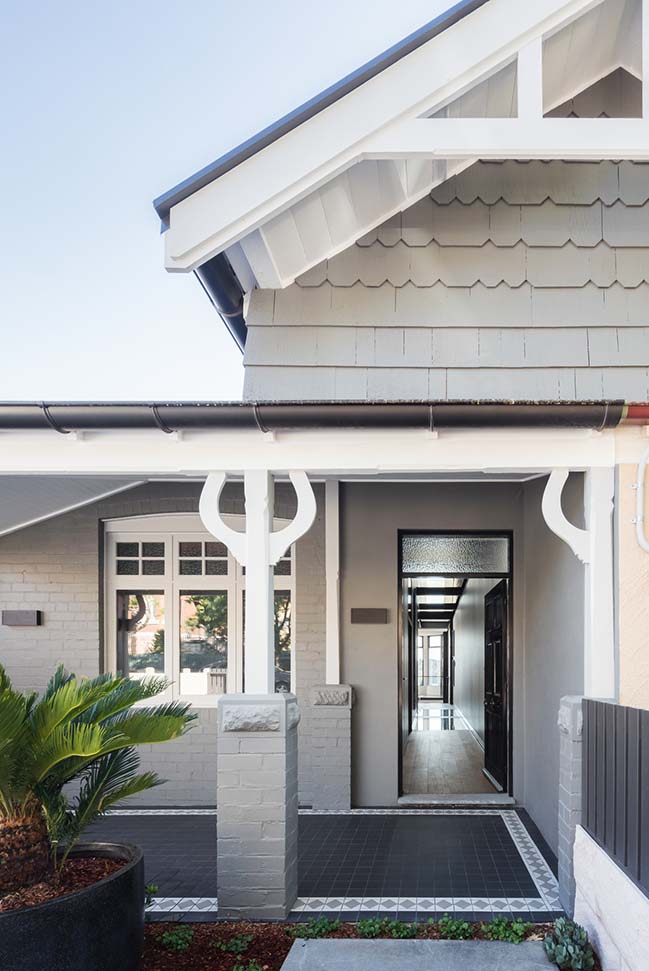
> You may also like: House Pranayama in Sydney by Architect Prineas
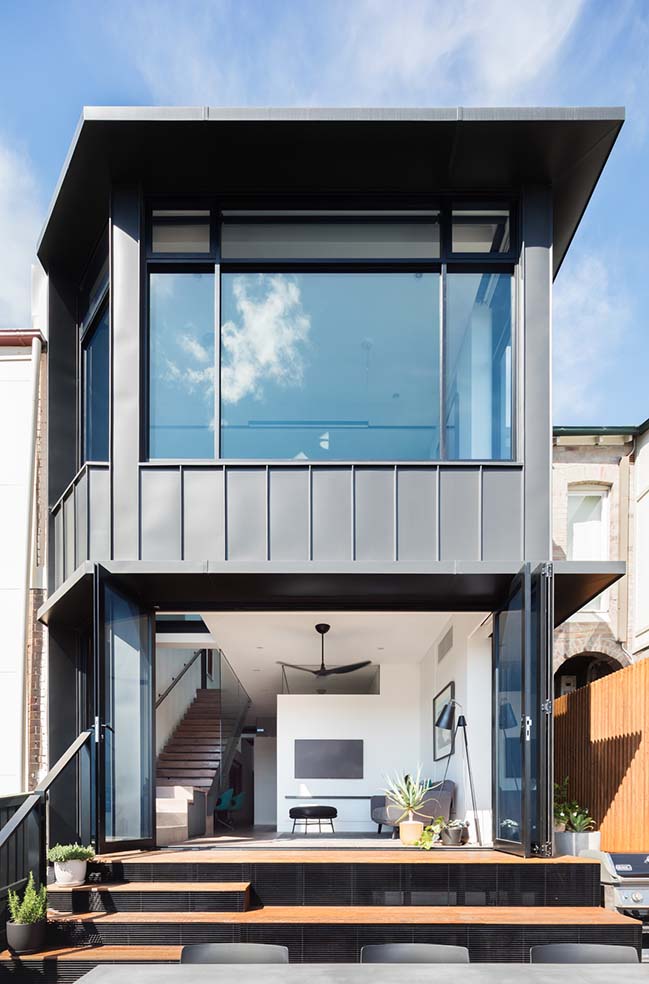
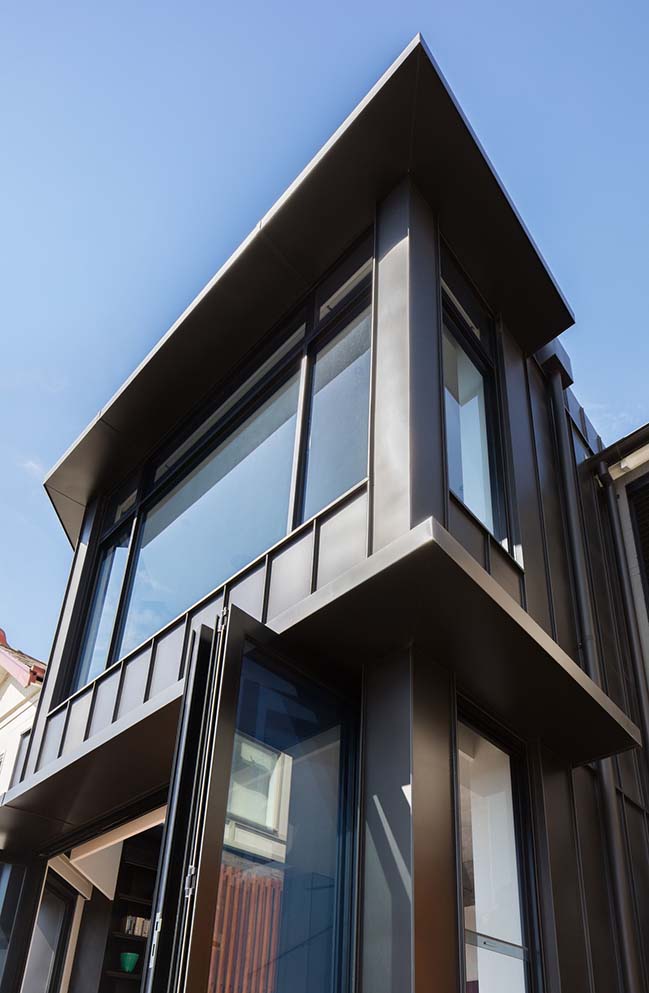
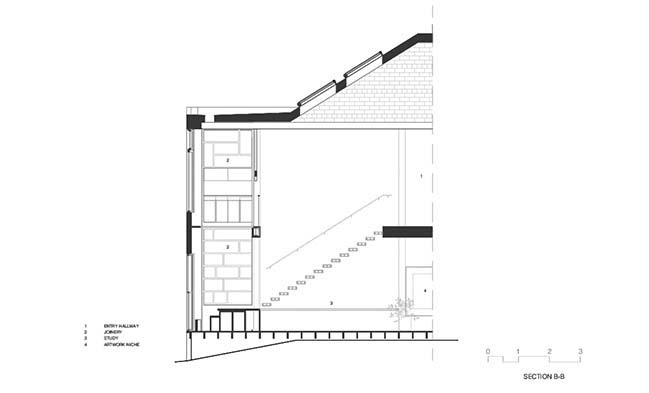
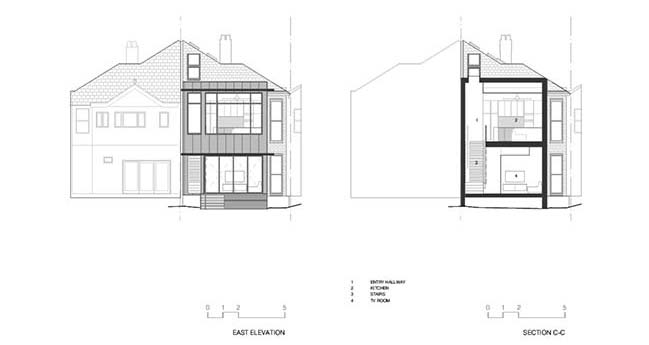
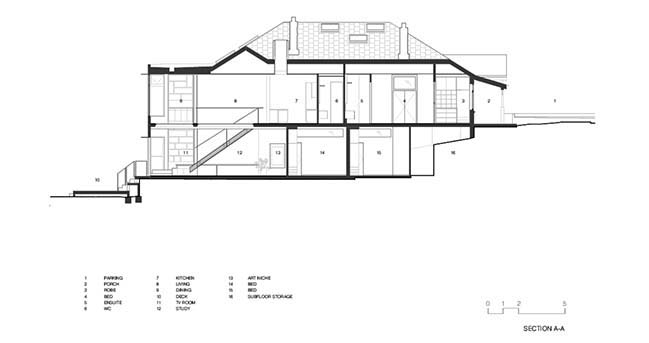
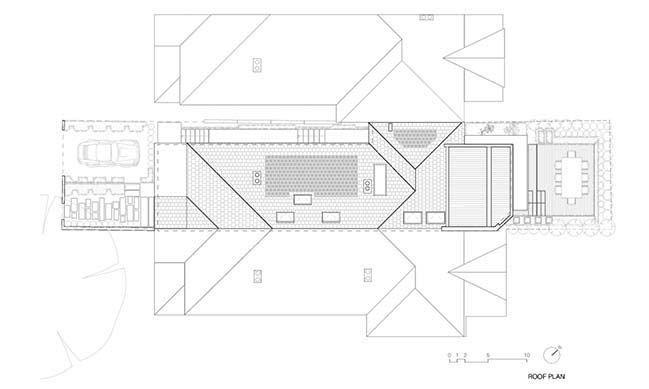
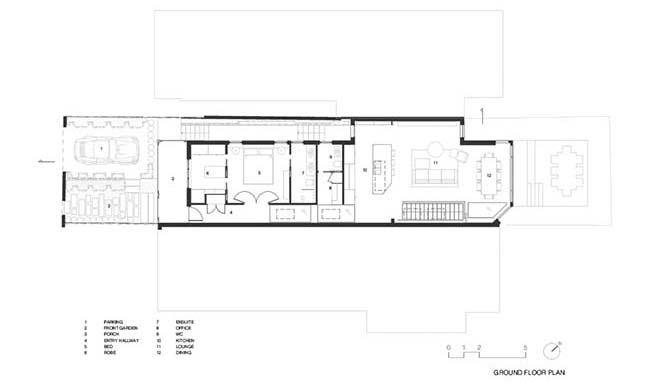
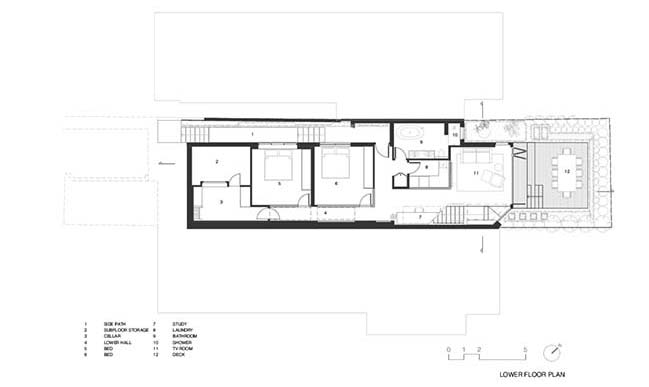

Doorzien House in Sydney by Bijl Architecture
07 / 18 / 2018 The Doorzien House modestly proffers a new precedent in a challenging conservation environment by breaking rank and dismantling the cottage typology
You might also like:
Recommended post: Print Your City - Zero Waste Lab by The New Raw

